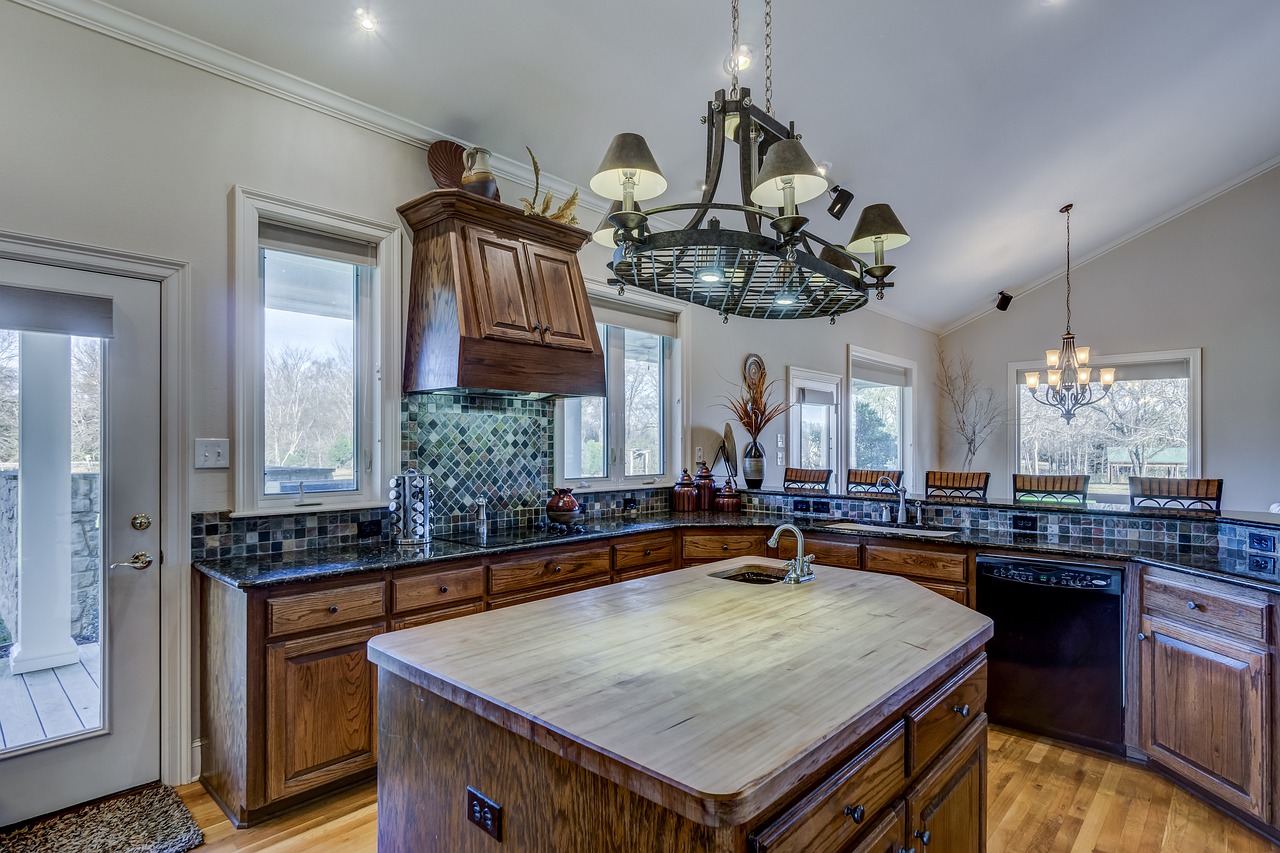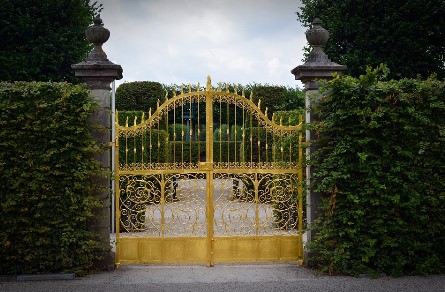Outdoor furniture is a great way to add comfort and style to your outdoor living space. Whether you’re looking to create a cozy seating area for entertaining guests or a relaxing spot to enjoy your morning coffee, making your own outdoor furniture can be a rewarding and cost-effective way to get the look you want. In this guide, we’ll walk you through the steps of how to make outdoor furniture, from selecting the right materials to assembling the pieces. With a little bit of time and effort, you’ll be able to create a beautiful and functional outdoor furniture set that will last for years to come.
How to Choose the Right Materials for Outdoor Furniture: Tips for Durability and Style
When selecting outdoor furniture, it is important to consider both durability and style. With the right materials, you can create a beautiful outdoor space that will last for years to come. Here are some tips to help you choose the right materials for your outdoor furniture.
Durability: When selecting outdoor furniture, look for materials that are designed to withstand the elements. Materials such as aluminum, teak, and wicker are all good choices for outdoor furniture because they are resistant to rust, fading, and other weather-related damage. Additionally, look for furniture that is treated with a protective coating to help it last longer.
Style: When selecting outdoor furniture, consider the overall style of your outdoor space. If you have a modern outdoor space, look for furniture with clean lines and minimal detailing. For a more traditional look, opt for furniture with ornate details and classic silhouettes. Additionally, consider the color of the furniture. Neutral colors such as white, gray, and black are timeless and will blend in with any outdoor space.
Maintenance: When selecting outdoor furniture, consider how much maintenance it will require. Some materials, such as teak, require regular oiling to keep them looking their best. Other materials, such as aluminum, require minimal maintenance and can be easily wiped down with a damp cloth.
By considering durability, style, and maintenance, you can choose the right materials for your outdoor furniture. With the right materials, you can create a beautiful outdoor space that will last for years to come.
DIY Outdoor Furniture Projects: Easy Ways to Create Custom Pieces for Your Patio or Garden
Creating custom outdoor furniture for your patio or garden can be a rewarding and enjoyable experience. With a few simple tools and materials, you can create pieces that are both stylish and functional. Whether you’re looking to build a bench, a table, or a set of chairs, these DIY outdoor furniture projects will help you create the perfect pieces for your outdoor space.
One of the simplest and most cost-effective ways to create custom outdoor furniture is to repurpose existing items. An old wooden pallet can be transformed into a stylish bench or table with a few simple modifications. You can also use old chairs or stools to create a unique seating area. With a bit of sanding, painting, and staining, you can easily give these pieces a new look.
If you’re looking for something a bit more complex, you can build your own outdoor furniture from scratch. With a few basic tools and materials, you can create a variety of pieces, from benches and tables to chairs and loungers. You can also use woodworking plans to create more intricate designs.
Finally, you can also purchase ready-made outdoor furniture pieces. Many stores offer a wide selection of outdoor furniture, from benches and tables to chairs and loungers. You can also find pieces made from a variety of materials, including wood, metal, and plastic.
No matter which option you choose, creating custom outdoor furniture can be a fun and rewarding experience. With a bit of creativity and some basic tools and materials, you can create pieces that are both stylish and functional.
Conclusion
Making outdoor furniture is a great way to add comfort and style to your outdoor space. With the right materials and tools, you can create beautiful and durable pieces that will last for years. Whether you choose to build your own furniture or purchase pre-made pieces, you can create a comfortable and stylish outdoor space that you and your family can enjoy for years to come.

 In the enchanting world of gardening, few experiences are as rewarding as nurturing your own fruit-bearing trees. If you’re contemplating enriching your garden with a touch of elegance and deliciousness, why not consider a damson tree? This blog post aims to offer you valuable insights into the world of damson trees, catering to gardening enthusiasts of all ages and backgrounds who are interested in embracing sustainable living.
In the enchanting world of gardening, few experiences are as rewarding as nurturing your own fruit-bearing trees. If you’re contemplating enriching your garden with a touch of elegance and deliciousness, why not consider a damson tree? This blog post aims to offer you valuable insights into the world of damson trees, catering to gardening enthusiasts of all ages and backgrounds who are interested in embracing sustainable living.
 Remodeling your house is a great activity because soon you can feel new atmosphere. The problem is about the
Remodeling your house is a great activity because soon you can feel new atmosphere. The problem is about the